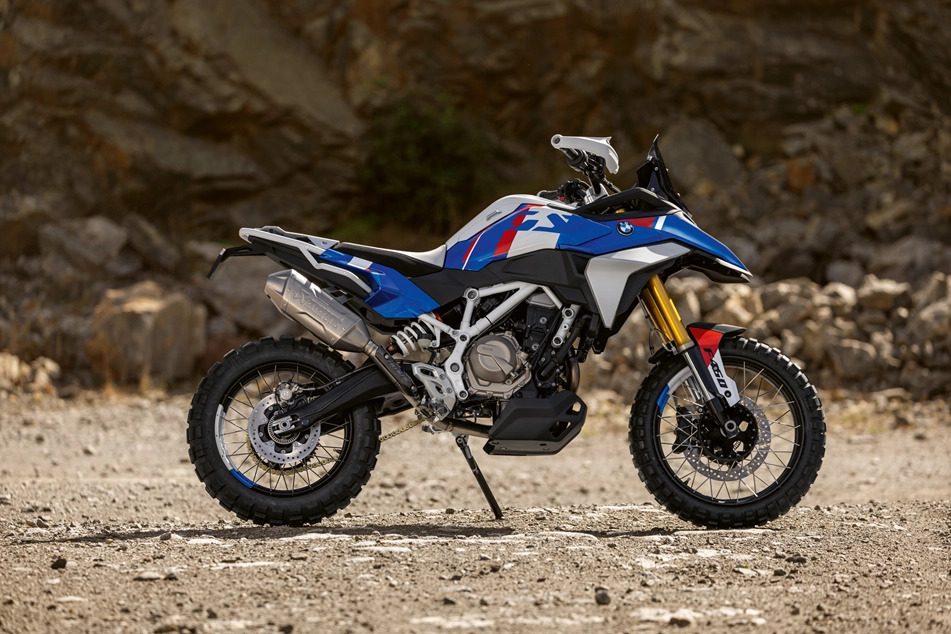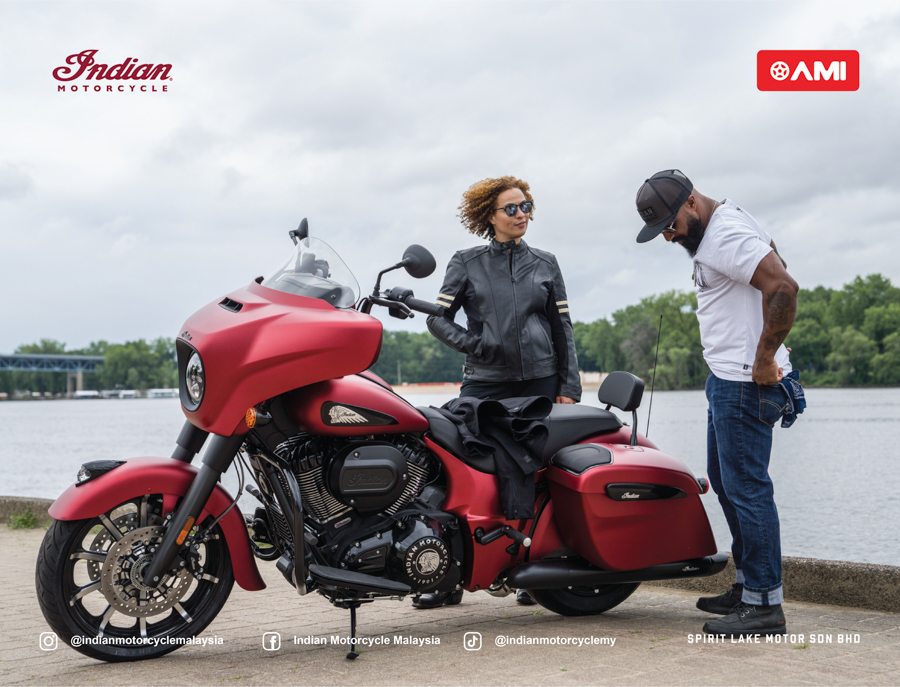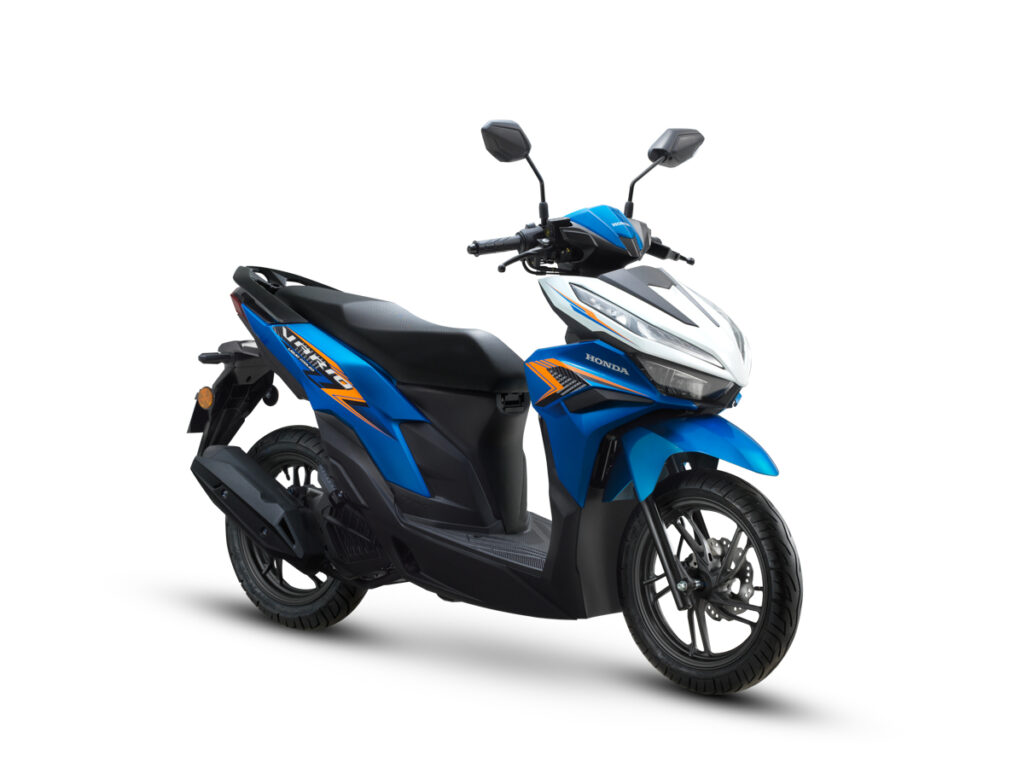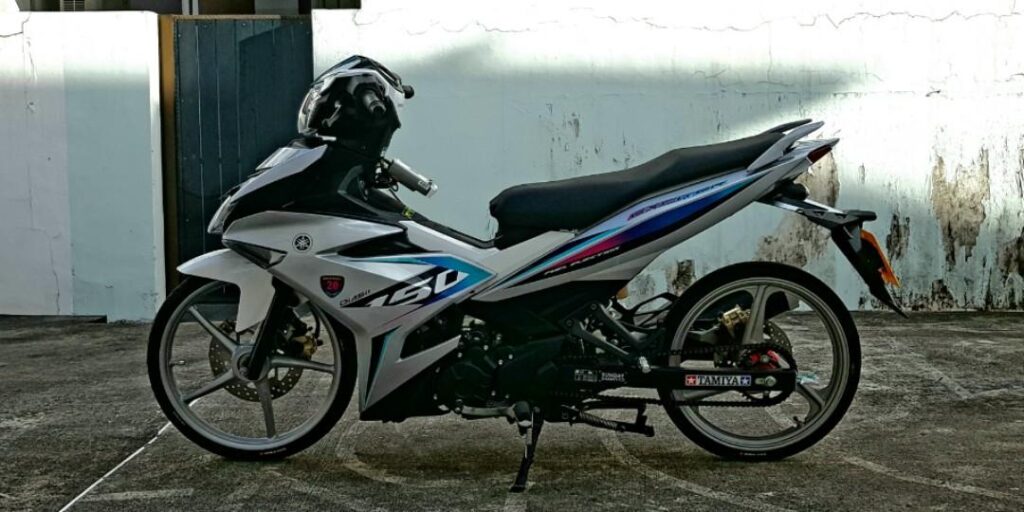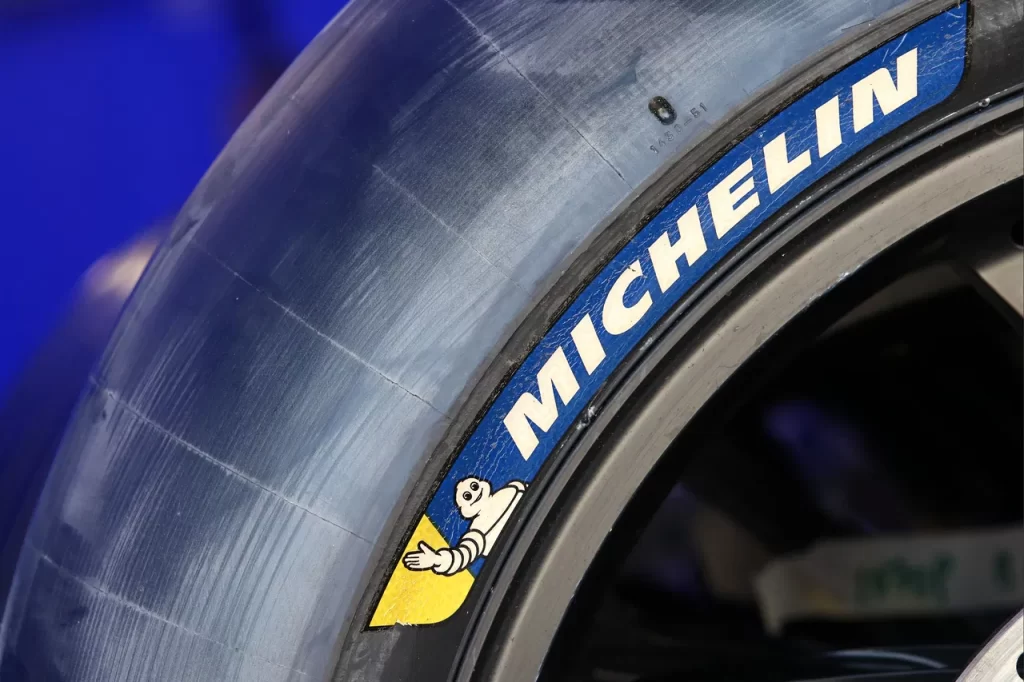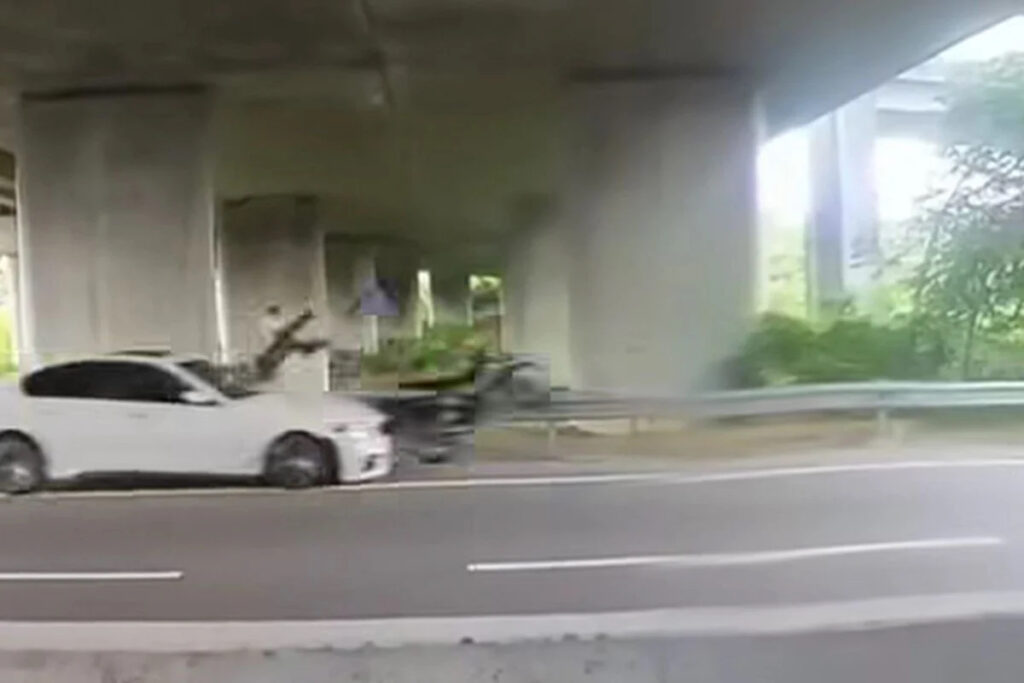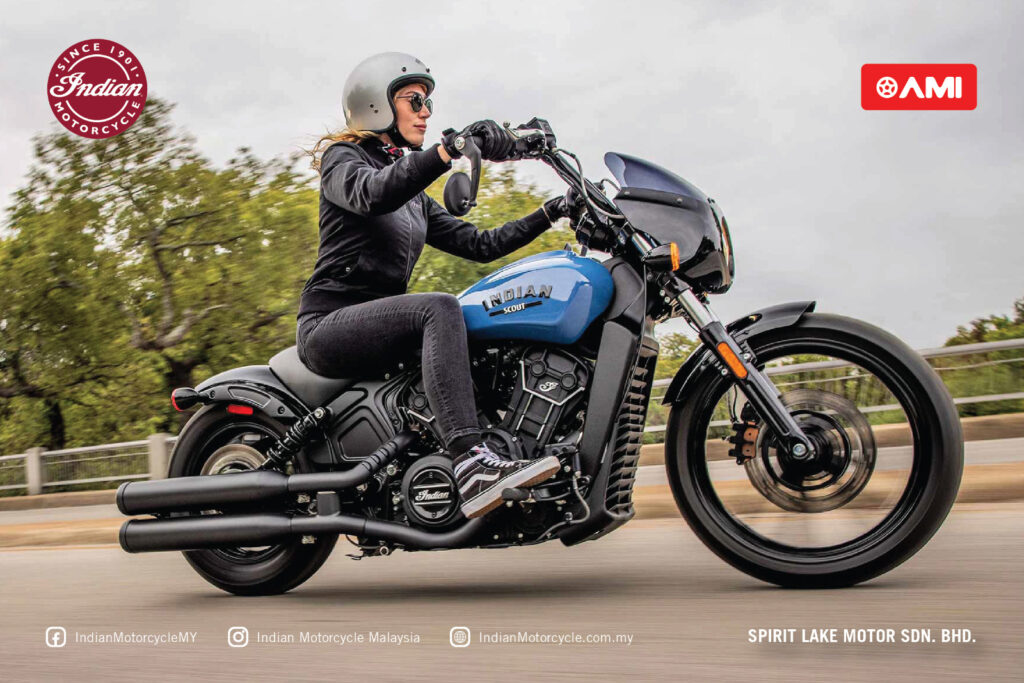Another feature that many motorcycle buyers seek these days is the quickshifter. As in the system that allows you to change gears without pulling in the clutch lever while the motorcycle is in motion.
As with many modern motorcycle features, the quickshifter began as race application only. Now, you can even find them on adventure bikes and there are aftermarket options for retrofitting to even kapchais.
How does the clutch work – briefly!
The earliest vehicles were direct drive, meaning the engine is hooked up directly to final drive. Problem is, it can only be switched on and move, and you have to shut off the engine when you reach a junction. Plus, the engine is stressed to provide acceleration and deceleration.
Then someone applied the principle of using gears to modify torque, and the transmission was born. Still, there needs to be a device to decouple and reengage the driveline. That is the job of the clutch.
So the clutch is a device to decouple the engine’s power pulses from the transmission, to enable smoother gear shifts.
So why do we need the quickshifter?
The clutch plates are meshed together by springs during normal drive to transmit the engine’s torque to the transmission. So, in order to change gears, we pull in the clutch lever which pushes a rod to push the clutch plates apart slightly to reduce the engine’s torque, and complete our gear shift.
Try shift gears without the clutch and see what happens! The gears in the transmission are still meshing against each other and other gears that are not meshing needs to synchronise to the running speed. Changing gears without the clutch, while on the throttle will cause the gears to grind.

So, the correct way of changing gears is by rolling out the throttle and pulling in the clutch lever simultaneously, change gears, slip out the lever and opening the throttle at the same time. Lots of work, but pleasurable when done right, especially when under pressure at the track.
However, knocking off the throttle and reopening it takes time and it causes the revs to drop. The bike needs to reaccelerate. Also, the motorcycle’s balance changes when you roll off and back into the throttle. The bike pitches forward and backwards, upsetting the suspension and the tyres’ footprint, changing traction.

A quickshifter, on the other hand, provides near instantaneous gearshifts to avoid too much rev drop and shifting the bike’s balance.
How does it work?
The quickshifter system stops the engine’s ignition momentarily (that is why you get some backfire out of the exhaust sometimes), taking the load off the gearbox to let you shift up the gears without backing off the throttle. The secret lies in interrupting the engine faster than is humanly possible to operate the throttle so time spent shifting gear plummets typically to between 15 and 50 milliseconds (0.015 to 0.050 second).
The quickshifter comprises a mechanical sensor that triggers an electronic interrupt device to the bike’s ignition. On a bike fitted with old-style carbs, this box is hardwired into the ignition coil wires to interrupt the ignition’s electrical supply, while on the device interrupts the ignition via the wiring harness at the ECU. Translogic has developed a system for fuel injected bikes that interrupts the signal from the ECU to the injector hence cutting the fuel supply.
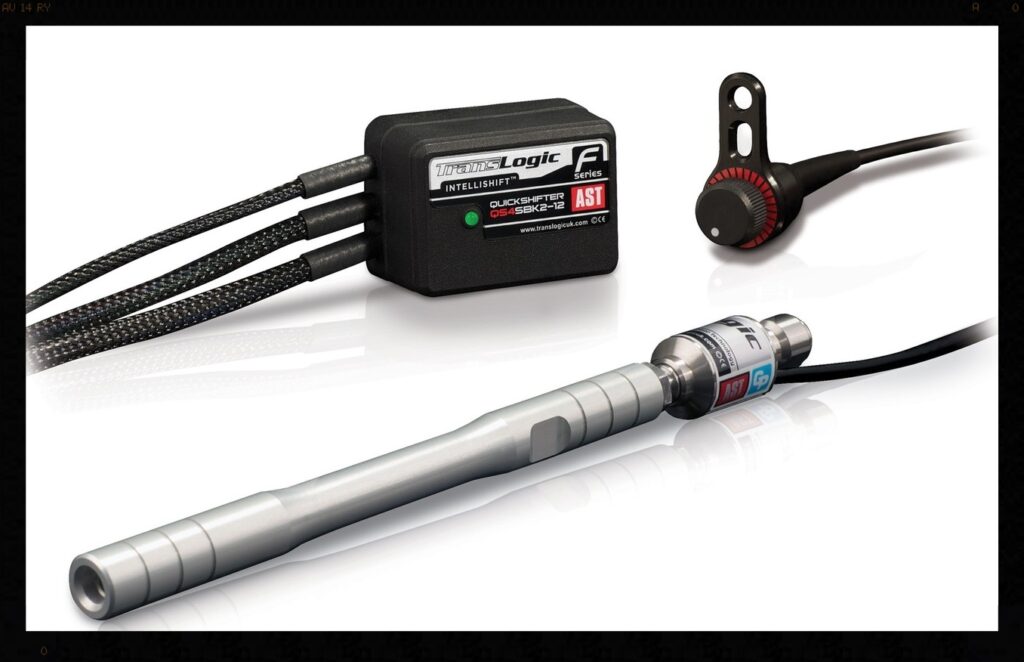
The mechanical sensor also varies. It is either positional – i.e. you adjust it to the positioning of the gear lever, and as the lever’s position moves it sends a trigger to the electronic interrupt box. Or it is a pressure sensor – i.e. shifting the lever without shutting the throttle puts pressure on the gearbox, and a pre-determined amount of pressure triggers the control box. A positional system tends to fall out of adjustment and if you need to replace the gear lever at the track (ie after a crash) you have to re-adjust the entire system, hence GP and WSB teams opt for the pressure trigger: it’s more convenient to install and is less likely to fall out of adjustment, but it puts pressure on the gearbox and because it works with greater tolerances.
Is the quickshifter hard on the clutch and transmission?
There are stories of bikes’ drivelines suffering damage due to the use of quickshifters. This can be rather true for aftermarket quickshifters but we have also seen damage on factory equipped ones.
Truth is, the quickshifter is best used only at higher RPMs like 6,000 RPM and above. All the spinning parts like the crank and gears are moving at high speeds, so there is less shock when the quickshifter is activated. But let us cover this topic in another article.


